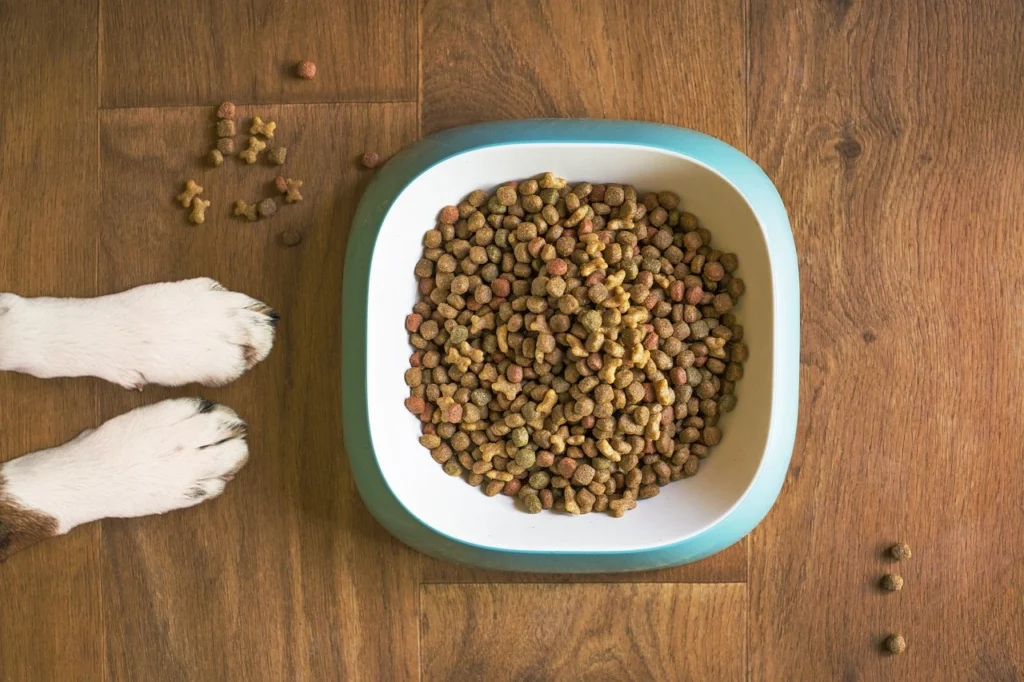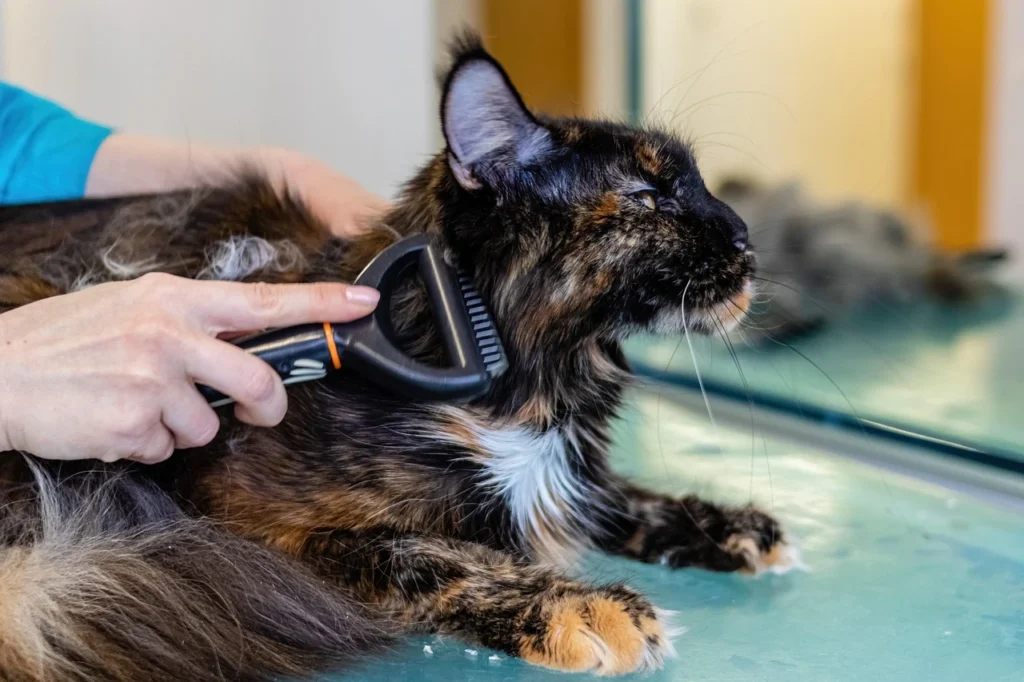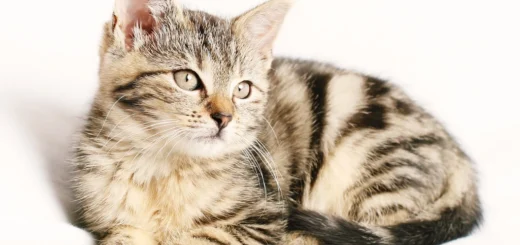Top Pet Care Tips for a Happy, Healthy Pet

As a pet owner, you want the best for your four-legged companion. Whether it’s your playful puppy, affectionate kitten, or seasoned senior pet, ensuring their well-being involves much more than feeding them and giving them occasional attention. Top pet care is a comprehensive approach that covers everything from proper nutrition and exercise to mental stimulation, grooming, and regular vet visits.
Many pet owners wonder if they’re doing enough for their pets, which is completely understandable. The physical, emotional, and mental needs of our pets are often the most important ones to us as pet parents. But how can we ensure we give them the best care possible?
Top pet care is explained in this article. We will discuss all aspects of caring for your pet, offering actionable advice and expert tips to ensure your furry friend lives a long, healthy, and happy life. This information will enhance your pet care routine and strengthen your bond with your pet, regardless of whether you’re new to pet ownership or a seasoned pro.
1. Top Pet Care Starts with Nutrition: Feed Your Pet Right
It is imperative to provide your pet with proper nutrition when it comes to top pet care. Pets’ health is influenced by the food they eat, including their energy, growth, appearance, and overall health. Choosing a balanced, high-quality diet for your pet is one of the best decisions you can make.
Choosing the Right Food for Your Pet’s Age, Size, and Breed
Pets have different nutritional needs based on age, size, breed, and health condition. What’s appropriate for a kitten or puppy will differ from what an adult or senior pet needs. Here’s how to make the right choice:
Puppies and Kittens
Young animals require food that is nutrient-dense and rich in protein, fats, and vitamins to support their growth. Puppy and kitten foods are specifically formulated for development and help support immune function, muscle growth, and energy levels.
Adult Pets
Adult pets require a balanced diet to maintain weight, energy levels, and overall health. Food designed for adult pets often contains more fiber to promote digestion and the right mix of protein and fat to maintain lean muscle mass.
Senior Pets
As pets age, their metabolism slows, and their dietary needs shift. Senior pet food often contains lower calories to avoid weight gain, as well as nutrients like glucosamine to support joint health. It also typically includes antioxidants to support aging organs.
Quality Ingredients Matter
While many pet food brands promise high-quality ingredients, reading the labels and selecting food that will benefit your pet is crucial. Look for foods with:
- High-quality protein sources: Chicken, beef, lamb, turkey, or fish.
- Whole grains or vegetables for fiber and nutrients.
- Healthy fats: Omega-3 and omega-6 fatty acids for skin and coat health.
Avoid pet foods with fillers like corn, wheat, and soy, which are often used to bulk up the product but don’t offer much nutritional value. Also, steer clear of by-products and artificial additives.
Stay Hydrated
Water is essential for all animals, so making sure your pet stays hydrated should be a daily priority. It is always a good idea to have access to fresh water. Some pets, particularly dogs, may not drink enough water during the day, so monitor their intake. If your pet is reluctant to drink, consider adding water to their food or investing in a pet water fountain to encourage drinking.

2. Regular Exercise: Keep Your Pet Active and Happy
Exercise is just as important as nutrition for your pet’s health. Regular physical activity helps maintain a healthy weight, strengthens muscles, reduces stress, and boosts overall well-being. Exercise is also a great way to bond with your pet, whether it’s a walk around the block or a play session in the yard.
Tailor Exercise to Your Pet’s Needs
Different pets have different exercise requirements. Understanding your pet’s breed, size, and energy level will help you provide the right amount of exercise.
Dogs:
- High-energy dogs (like Border Collies, German Shepherds, and Labrador Retrievers) require long daily walks, runs, or vigorous play sessions. Some breeds may need 1.5-2 hours of daily exercise to stay healthy and happy.
- Medium-energy dogs (like Bulldogs, Beagles, or Cocker Spaniels) may need 30 minutes to 1 hour of exercise daily.
- Low-energy dogs (like Basset Hounds or Dachshunds) can often be content with short, leisurely walks and indoor playtime.
Cats:
Though cats don’t need walks like dogs, they still benefit from interactive play that keeps them active. To engage your cat in active play, use toys like feather wands, laser pointers, and balls.
Keep Your Pet Active as They Age
As pets age, they may not be able to perform as much strenuous exercise. However, it’s still important to keep them moving. Senior pets can benefit from shorter walks and gentle play to maintain mobility and prevent weight gain. For example, an older dog might not have the stamina for a long run but would enjoy a 15-minute walk around the block.

3. Grooming and Hygiene: Regular Care for a Healthy Pet
Grooming is an essential part of top pet care. Not only does it help keep your pet clean and comfortable, but it also helps maintain their skin and coat health, prevent matting, and keep pests at bay. Proper grooming also allows you to spot potential health issues, like skin infections or abnormal lumps.
Brushing Your Pet’s Coat
Brushing is a vital part of maintaining a healthy coat. The frequency of brushing depends on your pet’s coat type:
- Short-haired pets (like Beagles or Boxers) typically need brushing once a week to remove loose hair and dirt.
- Long-haired pets (like Shih Tzus, Poodles, and Persians) should be brushed daily to avoid tangles and mats.
- Double-coated breeds (like Huskies or Golden Retrievers) require regular brushing to remove undercoat hair, especially during shedding seasons.
In addition to brushing, consider taking your pet to a professional groomer every few months to ensure their coat stays healthy and mat-free.
Bathing Your Pet
Bathing frequency will depend on your pet’s lifestyle, breed, and health. Generally, dogs should be bathed every 4-8 weeks, while cats usually groom themselves and don’t need frequent baths. To avoid irritation, use pet-safe shampoos and conditioners designed for their skin type.
Nail Care and Ear Cleaning
Trimming your pet’s nails regularly helps avoid overgrowth, which can cause pain and injury. Nails may need trimming every 2-4 weeks, depending on your pet’s activity level.
Ear cleaning is another often overlooked aspect of grooming. Check your pet’s ears regularly for signs of dirt, wax buildup, or infection. Regular ear cleaning is especially important for breeds with floppy ears, which are more prone to infections.
4. Veterinary Care: Routine Checkups and Preventative Health
Routine veterinary care is a cornerstone of top pet care. Just like humans, pets need regular checkups to ensure their overall health. A veterinarian can detect early signs of illness and provide preventative treatments to keep your pet in optimal condition.
Preventative Health
Vaccinations are critical for preventing diseases that severely impact your pet’s health. Your vet will provide a schedule for vaccines that may include:
- Rabies
- Distemper
- Parvovirus (for dogs)
- Feline Leukemia (for cats)
Parasite prevention, such as flea, tick, and heartworm treatments, is also important for your pet’s well-being. These preventatives can protect your pet from dangerous infestations and diseases.
Regular Checkups and Screenings
The importance of checking your pet’s health on a regular basis is not to be overlooked, even if your pet seems healthy on the surface. During these visits, your vet may run blood tests, dental checks, and screenings to assess your pet’s overall health. These proactive measures can prevent costly treatments later on.
Spaying/Neutering
The spaying or neutering of your pet helps control the pet population, reduce the risk of certain cancers, and improve the behavior of the pet. Talk to your vet about the best time for your pet to undergo this procedure.

5. Training and Socialization: Creating a Well-Behaved Pet
Top pet care also involves training your pet to be well-behaved and socially comfortable in various environments. Proper training and socialization are key to building a well-adjusted, happy pet.
Start Training Early
The earlier you start training, the better. Puppies and kittens are more receptive to learning commands and house rules. Focus on the basics, such as:
- Sit
- Stay
- Come
- Could you leave it?
Use positive reinforcement methods, such as treats and praise, to reward good behavior. Keep training sessions short and fun to avoid frustration for you and your pet.
Socialization
The socialization of your pet helps them develop into well-adjusted adults. Take your dog to parks, pet-friendly cafes, and other social settings to expose them to various situations. Introduce cats to different environments, allowing them to interact with various people and pets.
6. Mental Stimulation: Keep Your Pet’s Mind Sharp
Pets need mental stimulation just as much as physical exercise. Boredom can lead to destructive behaviors and anxiety. Engaging your pet’s mind promotes overall mental health and reduces the risk of behavioral problems.
Puzzle Toys and Enrichment Activities
Interactive toys that challenge your pet’s mind can be a great way to provide mental stimulation. Puzzle feeders, treat-dispensing toys, and even food-dispensing balls can keep your pet occupied and mentally active for extended periods.
Training and Problem-Solving Games
Incorporate problem-solving games into your pet’s routine. Teach them new tricks, hide treats around the house for them to find, or set up an agility course to engage their body and mind.

Conclusion
Top pet care is about nurturing your pet’s physical, emotional, and mental health. By providing the right nutrition, exercise, grooming, and regular vet visits, you’re setting your pet up for a happy and healthy life. Training, socialization, and mental stimulation will help ensure your pet stays well-behaved and mentally sharp.
By following these top pet care tips, you can rest assured that your pet is getting the best care possible. Always consult your vet to adjust care routines to fit your pet’s needs. Your dedication to top pet care will lead to a long-lasting bond and many years of happiness.
FAQs About Top Pet Care
1. How often should I take my pet to the vet?
Pets should have an annual checkup and more frequent visits for puppies, kittens, or seniors. Your vet will recommend a schedule based on your pet’s health and age.
2. Can I feed my pet human food?
Some human foods are safe for pets in moderation, but many can be harmful. Stick to pet food for balanced nutrition, and avoid toxic foods like chocolate, onions, and grapes.
3. How can I improve my pet’s behavior?
To improve your pet’s behavior, use positive reinforcement, consistent training, and regular socialization. Be patient and make sure your training is fun and engaging.
4. Should I brush my pet every day?
The frequency of brushing depends on your pet’s coat type. Long-haired pets should be brushed daily, while short-haired pets can be brushed once a week.















Recent Comments